Atlantis Found Exactly Where Plato Said it Was
Cuba’s Sunken Atlantis: The Underwater City Mainstream Scholars Ignore
Over 15 years ago a team of explorers found anomalous structures off the western Coast of Cuba. Sonar survey showed a set of intricate stone formations 650 meters beneath the Caribbean Sea.
Strangely, no one has ever explored the sunken city after it was found.
National Geographic published an article about the sunken city when it was found and promised to perform follow-up investigations; strangely, they pulled out of the investigation.
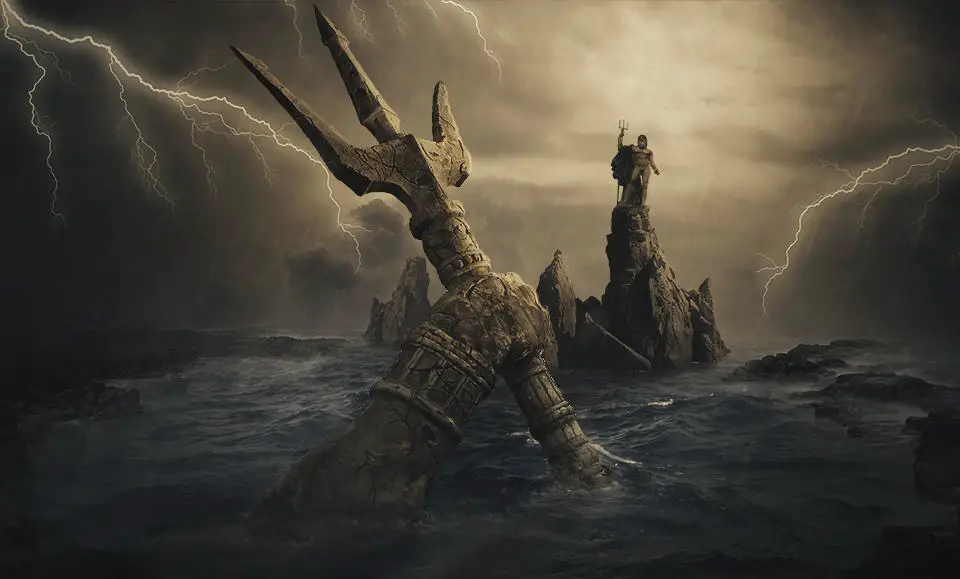
While some of these cities have been found – mostly due to better equipment researchers have in recent years - there are still many more cities waiting to be rediscovered and brought back to life.
Different ancient texts belonging to various ancient cultures speak of massive floods that swept over the earth in the distant past. Evidence of that deluge can be found today, and it is a global phenomenon that is believed to have changed life on Earth forever.
The countless submerged structures found on our planet in recent years point to a much different time on Earth when our planet’s oceans were different then they are today.
Tales and legends of sunken empires like Atlantis, Mu, and Lemuria, have captivated the imagination of past generations and continue to do so presently…
One of the most fascinating discoveries in the last decade was made just off the coast of Cuba, when a team of underwater explorers using sonar equipment picked up a staggering formation of stones located some 600 meters beneath the Caribbean ocean.

Symmetrically arranged stones, which appeared to be remnants of some ancient urban development indeed point towards a highly developed society that could have inhabited the region in the distant past.
The submerged structures seemed entirely anomalous against the barren ocean floor and seemed to display symmetrically organized structures reminiscent of urban development. All of this was found 600 meters beneath the surface.
When word of the discovery got our, a media flurry soon ensued with media reporting headlines like ‘Atlantis Discovered in Cuba’ and ‘Lost City of the Caribbean Found’, captivating the interest of numerous governments, museum and popular magazines like National Geographic who showed great interest in exploring the sunken ‘city’ and promised further research and exploration.
However, these promises were just that, empty stories that lead nowhere as no one decided to go down there and further investigate the anomalous formations off the coast of Cuba.
‘
“You just don’t make that type of
discovery and pull out just like that. If sonar picked up structures underwater
than the least we can do is go down there and see if there really is something
down there. We could be looking at one of the most important underwater
discoveries in history yet for some reason, we aren’t exploring it any further.”
—author Ivan PetricevicOver 15 years after the initial discovery was made, the story about the sunken city of Cuba disappeared into obscurity.
The question no one seems to have asked is… What happened to the alleged sunken city near the coast of Cuba? Were the mysterious structures ever fully investigated? Is it possible that without public knowledge, someone explored these enigmatic sunken structures? And why is it that such a sensational discovery fell into obscurity so fast?
Estimating that it would have taken 50,000 years for such structures to have sunken to the depth at which they were said to be found, Iturralde added: “50,000 years ago there wasn’t the architectural capacity in any of the cultures we know of to build complex buildings.” A specialist in underwater archeology at Florida State University added “It would be cool if they were right, but it would be real advanced for anything we would see in the New World for that time frame. The structures are out of time and out-of-place.”
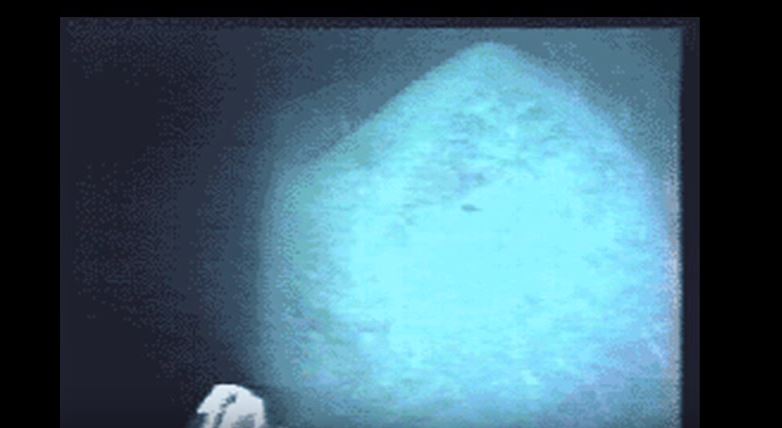
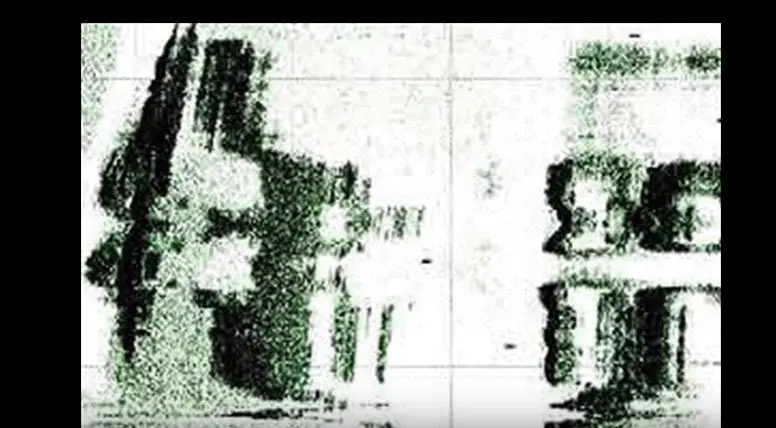
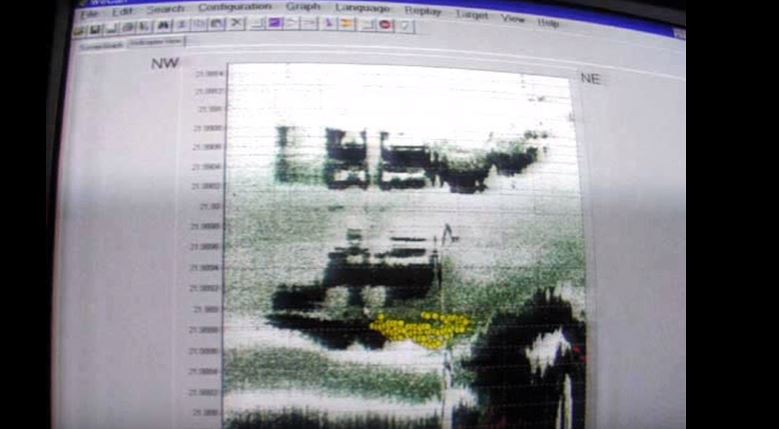
Mission images
Atlantis image credit
From Ancient Code
@ http://www.ancient-code.com/cubas-sunken-atlantis-the-underwater-city-mainstream-scholars-ignore/
The Legend of Atlantis: Between Ancient Ruins and a Philosopher’s Tale
Deriv; Mystery beneath the sea. (Flickr/CC BY-NC 2.0)
By Brady Yoon
The Birth of Nininger City
Having learned the lesson that it was much more difficult to create a new community than to join an existing one, he entered politics and found considerably greater success: he served as the lieutenant governor of his adopted state of Minnesota on the eve of the Civil War, and also aligned himself with the Radical Republican faction in the war and shortly thereafter. Disillusioned by the increasing corruption of the Republican Party, he later switched parties and then retired from politics altogether, choosing to devote his still considerable energies to writing a book about yet another subject that had captured the attention of his restless mind, namely the lost civilization of Atlantis.
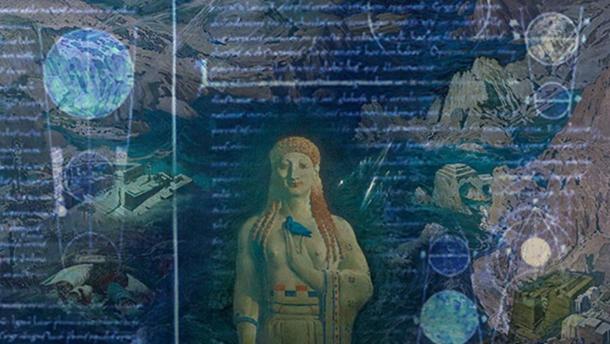
Deriv; Terror Antiquus by L.Bakst (1908)
(Public Domain),
Translation of Plato's Timaeus. (Public Domain).
The Antediluvian World and Pyramid
Civilizations
"How did the human mind hit upon this singular edifice--the pyramid? By what process of development did it reach it? Why should these extraordinary structures crop out on the banks of the Nile, and amid the forests and plains of America? And why, in both countries, should they stand with their sides square to the four cardinal points of the compass? ... Is it possible to suppose all these extraordinary coincidences to be the result of accident? We might just as well say that the similarities between the American and English forms of government were not the relationship or descent, but that men placed in similar circumstances had spontaneously and necessarily reached the same results."
The perceptive reader who is well-acquainted with Plato's account of Atlantis may have noticed that Donnelly's argument, strictly speaking, does not support the existence of Atlantis per se, but only the existence of some pyramid-building civilization that bequeathed its legacy to the Egyptians, the Maya and Aztec, and the other known pyramid-building civilizations across the world, as Plato never actually mentions pyramids in his dialogues concerning Atlantis!
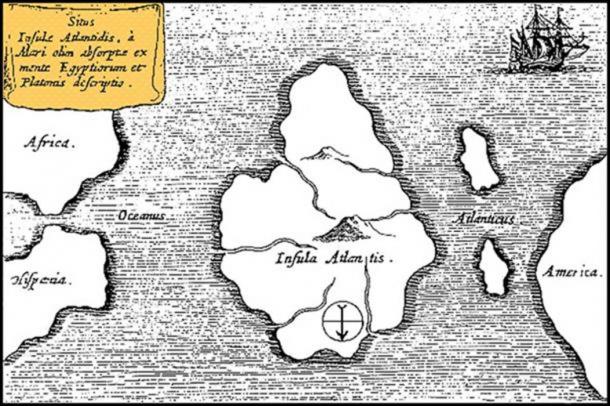
Plato's Atlantis described in Timaeus and
Critias. (Public Domain)
Concentric Circles
Known as Rujm el-Hiri in Arabic, the structure measures more than 500 feet (30 meters) wide and is made of thousands of basalt rocks that together weigh over 40,000 tons. According to Dr. Uri Berger, a member of the Israel Antiquities Authority, the sunrise on the summer and winter solstices is aligned with openings in the rocks. Experts are divided over whether the site was primarily a burial site or an ancient calendar, but they generally agree that the construction on the structure began as early as 3500 BC, which is older than the commonly accepted date of the building of the Giza Pyramid complex.
Another representation of the concentric circles was found in a Tartessian ceramic. This artifact was originally discovered in the 1950s, but it went unnoticed until Georgeos Diaz-Montexano, an Atlantis researcher noticed that a figure of concentric rings had been emblazoned onto it. Tartessos first appears in the historical record in the first millennium BC, but it is possible that the city was founded long before this date. The concentric circles motif also is found carved onto stone all across the world, including the North and South America, Ireland, China, and all across the Mediterranean. The widespread prevalence of this symbol suggests that there was a civilization whose influence extended across both the New and Old Worlds predating 3500 BC. Since none of the civilizations known to history had this level of influence prior to this date, the only remaining alternative is that a civilization, as yet unidentified and lost to history, must have propagated this symbol across the world. And it is precisely this symbol that is found at the very heart of Plato's Atlantis - in the construction of its capital city.
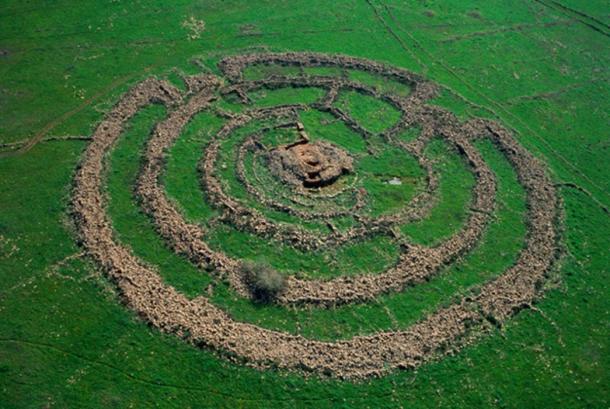
The prehistoric megalith Rujm el-Hiri /
Gilgal Refaim. (Flickr/CC BY-SA 2.0)
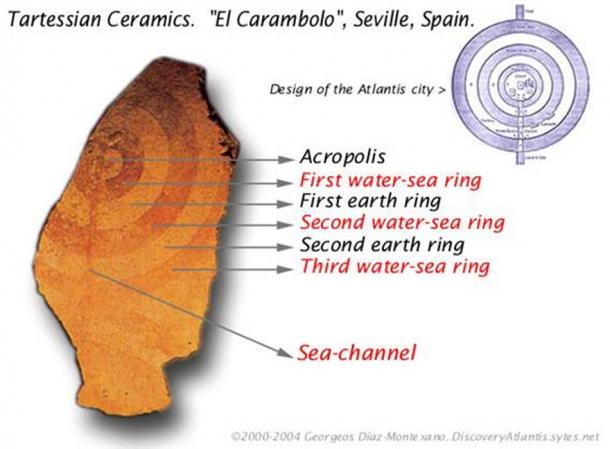
Tartessian ceramic,
Tartessos
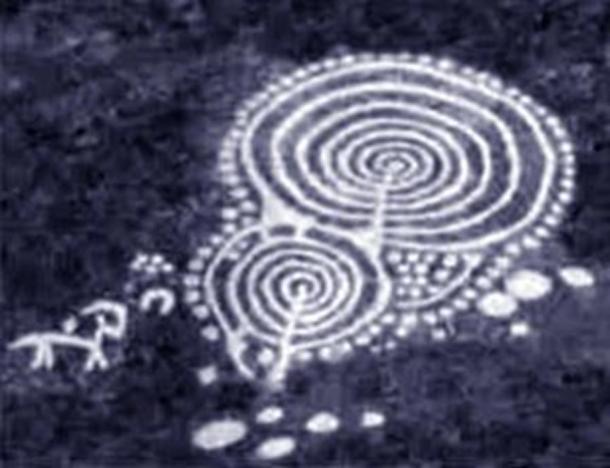
Concentric circles rock art
"Thereon dwelt one of the natives originally sprung from the earth, Evenor by name, with his wife Leucippe; and they had for offspring an only-begotten daughter, Cleito. And when this damsel was now come to marriageable age, her mother died and also her father; and Poseidon, being smitten with desire for her, wedded her; and to make the hill whereon she dwelt impregnable he broke it off all round about; and he made circular belts of sea and land enclosing one another alternately, some greater, some smaller, two being of land and three of sea, which he carved as it were out of the midst of the island; and these belts were at even distances on all sides, so as to be impassable for man; for at that time neither ships nor sailing were as yet in existence."
"The greatest of the circles into which a boring was made for the sea was three stades in breadth, and the circle of land next to it was of equal breadth; and of the second pair of circles that of water was two stades in breadth and that of dry land equal again to the preceding one of water; and the circle which ran round the central island itself was of a stade's breadth. wherein stood the royal palace, was of five stades in diameter."
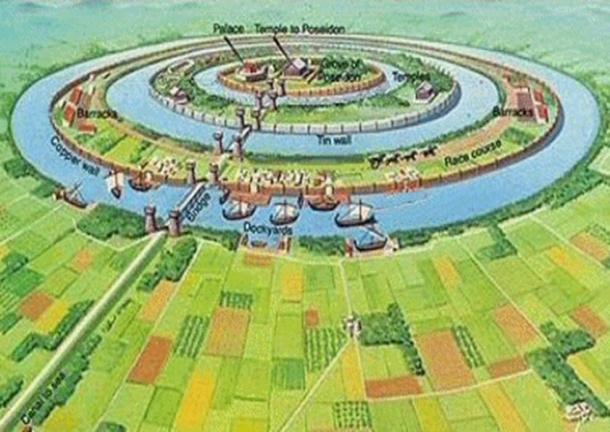
Artist’s concept of Atlantis
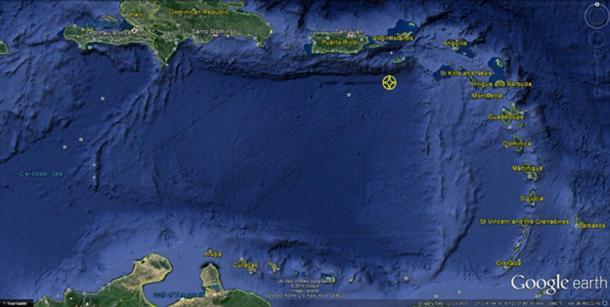
Caribbean Basin with ‘city’ location marked.
Google Earth
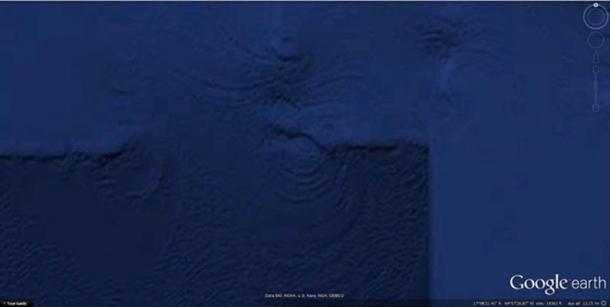
Overhead view. Google Earth
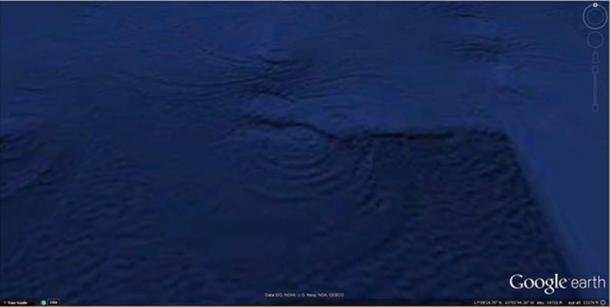
Inclined view. Image via Google Earth
Measurements
First, the distance from the center of the central island to its outer edge is simply half the diameter of this central island, or 2.5 stades = 0.28 miles.
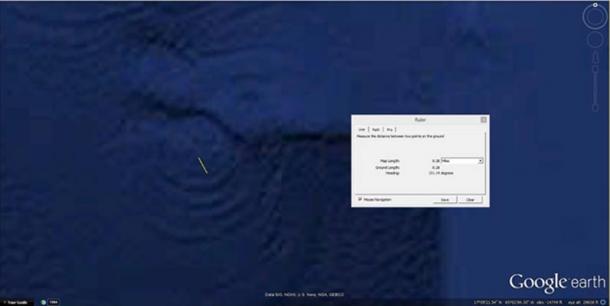
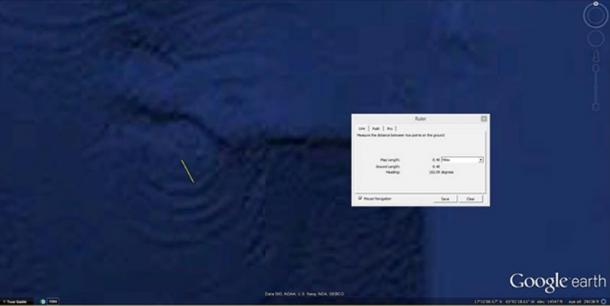
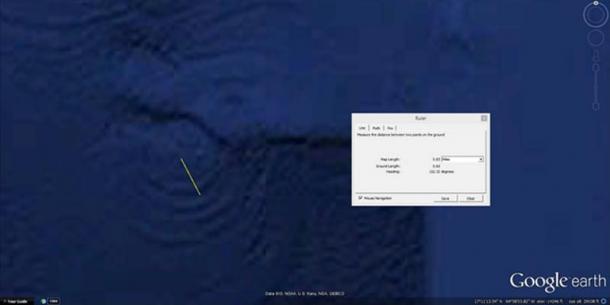
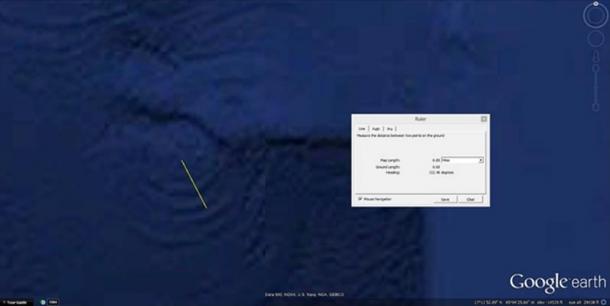
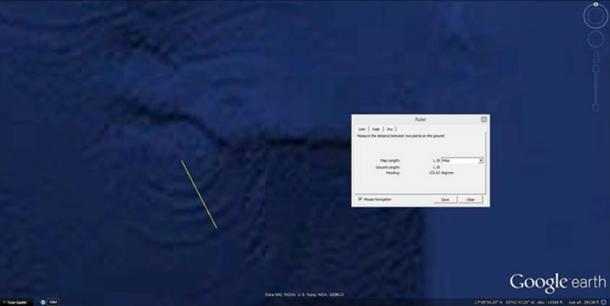
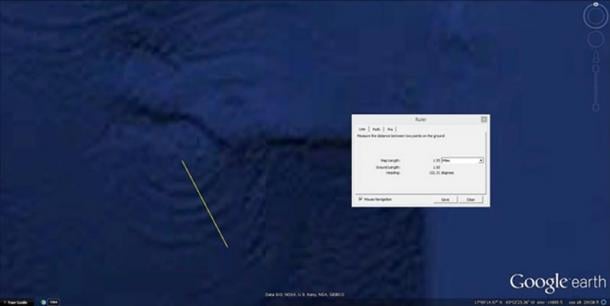
From Ancient Origins
@ http://www.ancient-origins.net/opinion-guest-authors/legend-atlantis-between-ancient-ruins-and-philosopher-s-tale-006319?nopaging=1
For more information about Atlantis see http://nexusilluminati.blogspot.com/search/label/atlantis
- Scroll down
through ‘Older Posts’ at the end of each section
Do you LIKE this uniquely informative site?
Hours of effort by a genuinely incapacitated invalid are
required every day to maintain, write, edit, research, illustrate, moderate and
publish this website from a tiny cabin in a remote forest.
Now that most people use ad blockers and view these posts
on phones and other mobile devices, sites like this earn an ever shrinking
pittance from advertising sponsorship. This site needs your help.
Like what you see? Please give anything you can -
Contribute any amount and receive at least one
New Illuminati eBook!
(You can use a card securely if you don’t use Paypal)
Please click below -
And it costs nothing
to share this post on Social Media!
Dare to care and
share - YOU are our only advertisement!
Xtra Image by R. Ayana –https://c2.staticflickr.com/2/1523/25973920060_c76aac7add_k.jpg
For further enlightening
information enter a word or phrase into the random synchronistic search box @
the top left of http://nexusilluminati.blogspot.com
And see
New Illuminati – http://nexusilluminati.blogspot.com
New Illuminati on Facebook - https://www.facebook.com/the.new.illuminati
New Illuminati Youtube Channel - https://www.youtube.com/user/newilluminati/playlists
New Illuminati’s OWN Youtube Videos
-
New Illuminati on Google+ @ For
New Illuminati posts - https://plus.google.com/u/0/+RamAyana0/posts
New Illuminati on Twitter @ www.twitter.com/new_illuminati
New Illuminations –Art(icles) by
R. Ayana @ http://newilluminations.blogspot.com
The Her(m)etic Hermit - http://hermetic.blog.com
DISGRUNTLED SITE ADMINS PLEASE NOTE –
We provide
a live link to your original material on your site (and links via social
networking services) - which raises your ranking on search engines and helps
spread your info further!
This site
is published under Creative Commons (Attribution) CopyRIGHT (unless an
individual article or other item is declared otherwise by the copyright
holder). Reproduction for non-profit use is permitted & encouraged - if you
give attribution to the work & author and include all links in the original
(along with this or a similar notice).
Feel free
to make non-commercial hard (printed) or software copies or mirror sites - you
never know how long something will stay glued to the web – but remember
attribution!
If you
like what you see, please send a donation (no amount is too small or too large)
or leave a comment – and thanks for reading this far…
Live long
and prosper! Together we can create the best of all possible worlds…
From the New Illuminati – http://nexusilluminati.blogspot.com
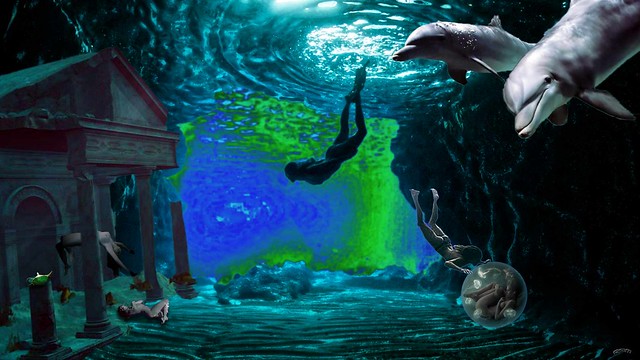

It is said that space is the final frontier. But what of the deep sea oceans?
ReplyDeleteAnd why did mainstream science suddently drop this discovery? Perhaps for the
same reason that other suppressed discoveries have been dropped, or at least publically dropped, but secretly explored?
If these discoveries were thoroughly explored, would it not threaten modern religions and mainstream historical accounts, and even science itself? The entire modern paradigm could be shattered. People might begin to question
everything we have been taught.
The Controllers can't have that at all. Their firm grip on our minds could be challenged. Even though this discovery was stated to have generated by such widely known organizations as National Geographic, I had never heard of it until today. Thanks. It increases awareness that there is much more to our history then any of us understand, and much more lying on the seabeds than has been revealed.